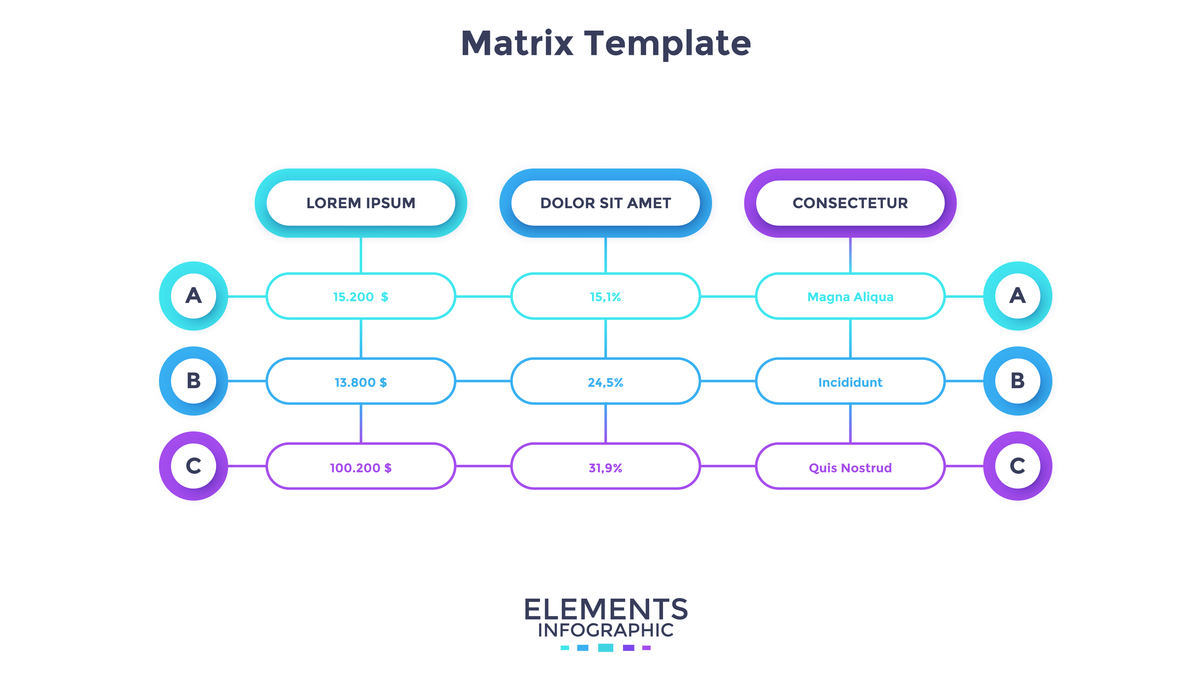call stack
A call stack is a data structure used in computer programming to manage function calls. It keeps track of the order in which functions are called and allows for the proper execution and return of functions.
When a program calls a function, it pushes the function onto the call stack. The function's local variables and parameters are stored in a separate area of memory called the stack frame. The program then jumps to the beginning of the called function and starts executing its instructions.
If a function calls another function, the second function is pushed onto the call stack, and its local variables and parameters are stored in a new stack frame. The program continues executing the instructions of the second function until it either returns or encounters another function call.
When a function returns, it pops its stack frame from the call stack, allowing the program to resume execution from where it left off in the calling function. The return value of the function may be passed back to the calling function.
The call stack is important for maintaining the correct order of function calls and managing the memory used by each function. It helps prevent issues such as stack overflow (when the call stack becomes full) and allows for proper function nesting and execution

原文地址: https://www.cveoy.top/t/topic/ioO8 著作权归作者所有。请勿转载和采集!